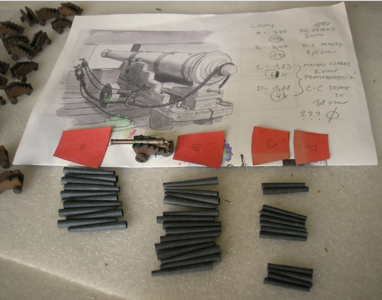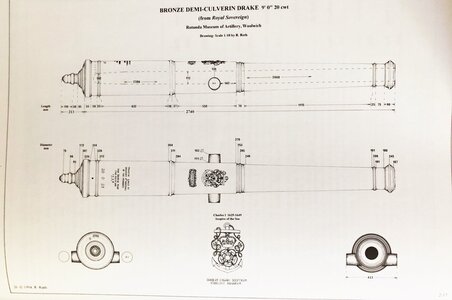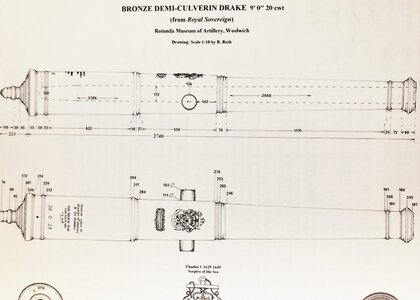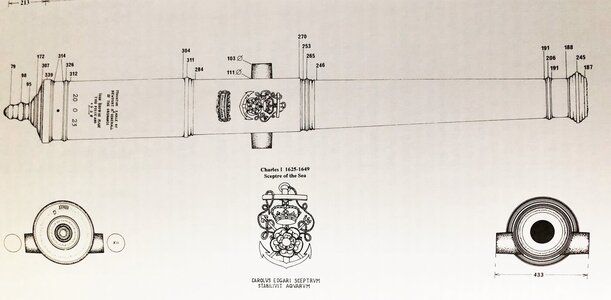Book Review:
The HISTORY OF ENGLISH SEA ORDNANCE
Volume I - The Age of Evolution, 1523-1715
by Adrian B. Caruana
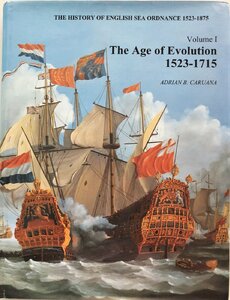
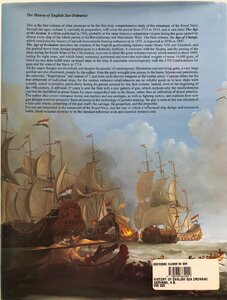
SYNOPSIS (from the book cover):
This is the first volume of what promises to be the first truly comprehensive study of the armament of the Royal Navy through the ages; volume 2, currently in preparation, will cover the period from 1715 to 1815, and is sub-titled The Age of the System. It will be published in 1995, probably at the same time as a companion volume listing the guns carried by almost every ship of the whole period of the Revolutionary and Napoleonic Wars. The final volume, the Age of Change, which concludes the history of smooth-bore muzzle-loading ordnance up to 1875, is expected in 1996 or 1997.
The Age of Evolution describes the creation of the English gunfounding industry under Henry VIII and Elizabeth, and the gradual move from foreign-inspired guns to a domestic tradition. It continues with the Stuarts, and the arming of the ships during the Dutch Wars of the 17th century; it covers in detail the great ordnance survey which started in about 1695, lasting for eight years, and which listed, measured, numbered and noted the individual weights of some 14,000 guns, of which no less than 6,600 were on board ships at the time. It concludes chronologically with the 1703 Establishment for guns and the state of the Navy in 1714.
All the major designs are described, and despite the paucity of contemporary illustration and surviving guns, a very large number are also illustrated, mainly by the author: from the early wrought iron pieces, to the bases, falcons and patereroes, the culverins, "Rupertinoes" and cannon of 7, and even such obscure weapons as the cushee piece. Copious tables list the true armament of individual ships, for the various ordnance establishments are no reliable guide as to how ships were actually armed in practice, particularly during the period covered by this first volume. Indeed, even at the beginning of the 19th century, it still took 25 years to arm the fleet with a new pattern of gun, which explains why the establishments can best be described as pious hopes for some unspecified date in the future, rather than an indication of actual practice. The author also covers ordnance stores, sea mortars and sea carriages, as well as fighting tactics, and explains how new gun designs evolved primarily from advances in the technology of powder-making: the gun is seen as but one element of a four-part whole, consisting of the gun itself, the carriage, the propellant, and the projectile.
For anyone interested in the armament of the Royal Navy, and the way in which it influenced ship design and success in battle, these volumes promise to be the standard reference work and essential research tool.
Comment: The author published the second volume, but unfortunately he died before the finalization of the third volume
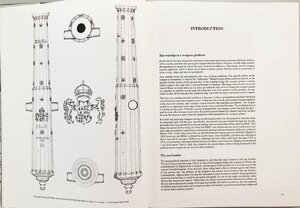
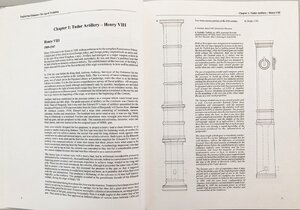
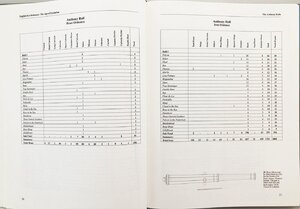
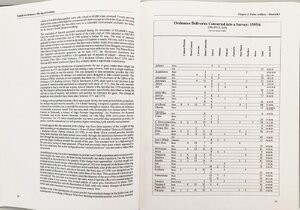
About the author (from the book cover):
Adrian B. Caruana is the leading authority in the world on English artillery, and moreover, the acknowledged expert on the firing of historic ordnance. This unique study of English Sea Ordnance is the product of a lifetime's interest and research into guns of all types, as well as an intimate knowledge of their performance, drawn from practical experience. A former Royal Artillery officer, he in fact started his service career in the Royal Navy, so that he brings to his subject a rare combination of both military and naval expertise. He is the author of a large number of articles and papers on the history of ordnance, and of a modem manual on gun tiring, entitled The Pocket Artillerist. In 1990, he was awarded the Alfred Bume Medal "for his outstanding work on aspects of the Regimental history [of the Royal Artillery] over a period of 10 years". The citation went on to say: "A long-standing Member of the R.A. Historical Society, he is an enthusiastic historian with a particular interest in the technology of smoothbore guns". Formerly Curator of Ordnance at Chatham Historic Dockyard, he is now a self-employed Artillery Consultant, in which capacity he has worked for the governments of Hong Kong, Bermuda and Ireland, for Historic Scotland, English Heritage, and the States of Guernsey.
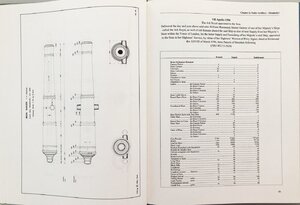
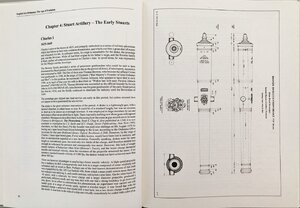
CONTENTS:
Acknowledgements
Introduction
Chapter 1. Tudor Artillery: Henry VIII
Tudor Naval Artillery Usage
Chapter 2. Tudor Artillery: Elizabeth I
Chapter 3. Stuart Artillery: James I
Chapter 4. Stuart Artillery: Charles I
Chapter 5. The Commonwealth
Chapter 6. The Later Stuarts: Charles II and James II
The "Rupertinoe" Gun
The 1677 Establishment for Guns
The Thirty Ships Programme
States and Remains
The Board of Ordnance
Chapter 7. The Last Stuarts: William and Mary
The Cushee Piece 113 Notes on the 1696 Survey
Chapter 8. The Last Stuart: Queen Anne
The Priddy's Hard Archive
Chapter 9. The Naval Gun Carriage
Chapter 10. Sea Service Ammunition and Ordnance Stores
Propellants
Cartridges
Projectiles
Carcasses
Granadoes
Other Projectiles
Ordnance Stores
Chapter 11. Sea Service Mortars
The Casting of Sea Service Mortars
Chapter 12. Summary and Conclusions
Gunners and Gunnery
Conclusions
Bibliography and Sources
General Index
Index of Named Ships
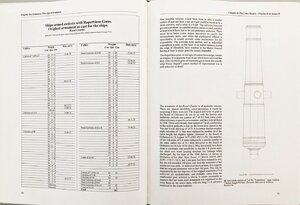
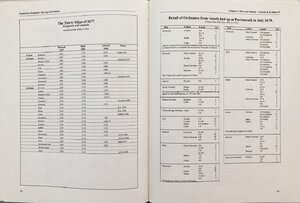
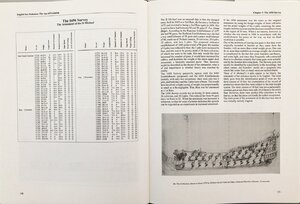
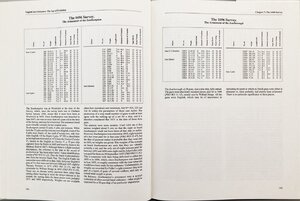
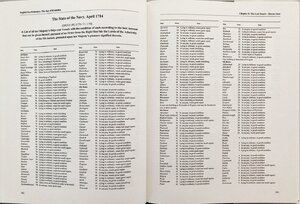
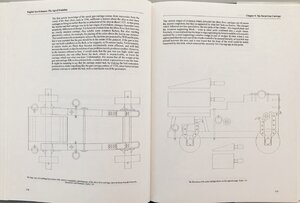
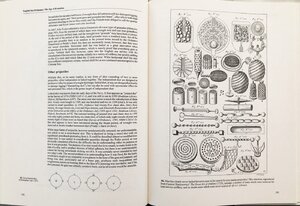
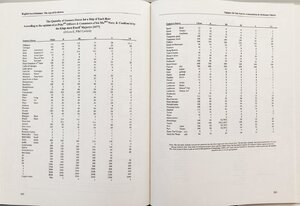
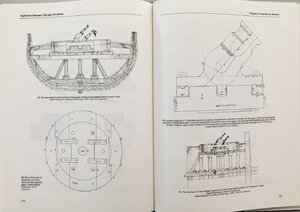
If you are searching for something specific here the detailed indices "Table of Contents", "Tables" and "Illustrations"
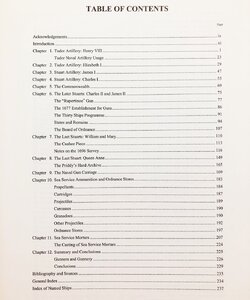
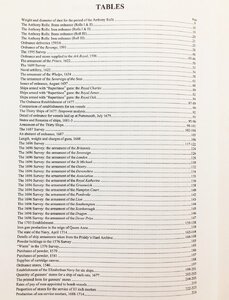
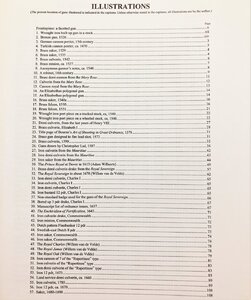
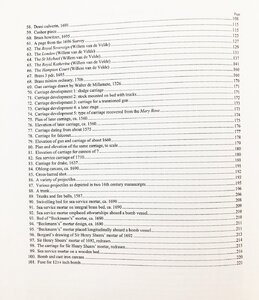
The HISTORY OF ENGLISH SEA ORDNANCE
Volume I - The Age of Evolution, 1523-1715
by Adrian B. Caruana


- Volume : 256 pages
- ISBN-10 : 0948864206
- ISBN-13 : 978-0948864209
- Publisher : Jean Boudriot Publications; illustrated edition (1. January 1994)
- weight : 1.68 kg
- Language : Englisch
SYNOPSIS (from the book cover):
This is the first volume of what promises to be the first truly comprehensive study of the armament of the Royal Navy through the ages; volume 2, currently in preparation, will cover the period from 1715 to 1815, and is sub-titled The Age of the System. It will be published in 1995, probably at the same time as a companion volume listing the guns carried by almost every ship of the whole period of the Revolutionary and Napoleonic Wars. The final volume, the Age of Change, which concludes the history of smooth-bore muzzle-loading ordnance up to 1875, is expected in 1996 or 1997.
The Age of Evolution describes the creation of the English gunfounding industry under Henry VIII and Elizabeth, and the gradual move from foreign-inspired guns to a domestic tradition. It continues with the Stuarts, and the arming of the ships during the Dutch Wars of the 17th century; it covers in detail the great ordnance survey which started in about 1695, lasting for eight years, and which listed, measured, numbered and noted the individual weights of some 14,000 guns, of which no less than 6,600 were on board ships at the time. It concludes chronologically with the 1703 Establishment for guns and the state of the Navy in 1714.
All the major designs are described, and despite the paucity of contemporary illustration and surviving guns, a very large number are also illustrated, mainly by the author: from the early wrought iron pieces, to the bases, falcons and patereroes, the culverins, "Rupertinoes" and cannon of 7, and even such obscure weapons as the cushee piece. Copious tables list the true armament of individual ships, for the various ordnance establishments are no reliable guide as to how ships were actually armed in practice, particularly during the period covered by this first volume. Indeed, even at the beginning of the 19th century, it still took 25 years to arm the fleet with a new pattern of gun, which explains why the establishments can best be described as pious hopes for some unspecified date in the future, rather than an indication of actual practice. The author also covers ordnance stores, sea mortars and sea carriages, as well as fighting tactics, and explains how new gun designs evolved primarily from advances in the technology of powder-making: the gun is seen as but one element of a four-part whole, consisting of the gun itself, the carriage, the propellant, and the projectile.
For anyone interested in the armament of the Royal Navy, and the way in which it influenced ship design and success in battle, these volumes promise to be the standard reference work and essential research tool.
Comment: The author published the second volume, but unfortunately he died before the finalization of the third volume




About the author (from the book cover):
Adrian B. Caruana is the leading authority in the world on English artillery, and moreover, the acknowledged expert on the firing of historic ordnance. This unique study of English Sea Ordnance is the product of a lifetime's interest and research into guns of all types, as well as an intimate knowledge of their performance, drawn from practical experience. A former Royal Artillery officer, he in fact started his service career in the Royal Navy, so that he brings to his subject a rare combination of both military and naval expertise. He is the author of a large number of articles and papers on the history of ordnance, and of a modem manual on gun tiring, entitled The Pocket Artillerist. In 1990, he was awarded the Alfred Bume Medal "for his outstanding work on aspects of the Regimental history [of the Royal Artillery] over a period of 10 years". The citation went on to say: "A long-standing Member of the R.A. Historical Society, he is an enthusiastic historian with a particular interest in the technology of smoothbore guns". Formerly Curator of Ordnance at Chatham Historic Dockyard, he is now a self-employed Artillery Consultant, in which capacity he has worked for the governments of Hong Kong, Bermuda and Ireland, for Historic Scotland, English Heritage, and the States of Guernsey.


CONTENTS:
Acknowledgements
Introduction
Chapter 1. Tudor Artillery: Henry VIII
Tudor Naval Artillery Usage
Chapter 2. Tudor Artillery: Elizabeth I
Chapter 3. Stuart Artillery: James I
Chapter 4. Stuart Artillery: Charles I
Chapter 5. The Commonwealth
Chapter 6. The Later Stuarts: Charles II and James II
The "Rupertinoe" Gun
The 1677 Establishment for Guns
The Thirty Ships Programme
States and Remains
The Board of Ordnance
Chapter 7. The Last Stuarts: William and Mary
The Cushee Piece 113 Notes on the 1696 Survey
Chapter 8. The Last Stuart: Queen Anne
The Priddy's Hard Archive
Chapter 9. The Naval Gun Carriage
Chapter 10. Sea Service Ammunition and Ordnance Stores
Propellants
Cartridges
Projectiles
Carcasses
Granadoes
Other Projectiles
Ordnance Stores
Chapter 11. Sea Service Mortars
The Casting of Sea Service Mortars
Chapter 12. Summary and Conclusions
Gunners and Gunnery
Conclusions
Bibliography and Sources
General Index
Index of Named Ships









If you are searching for something specific here the detailed indices "Table of Contents", "Tables" and "Illustrations"








